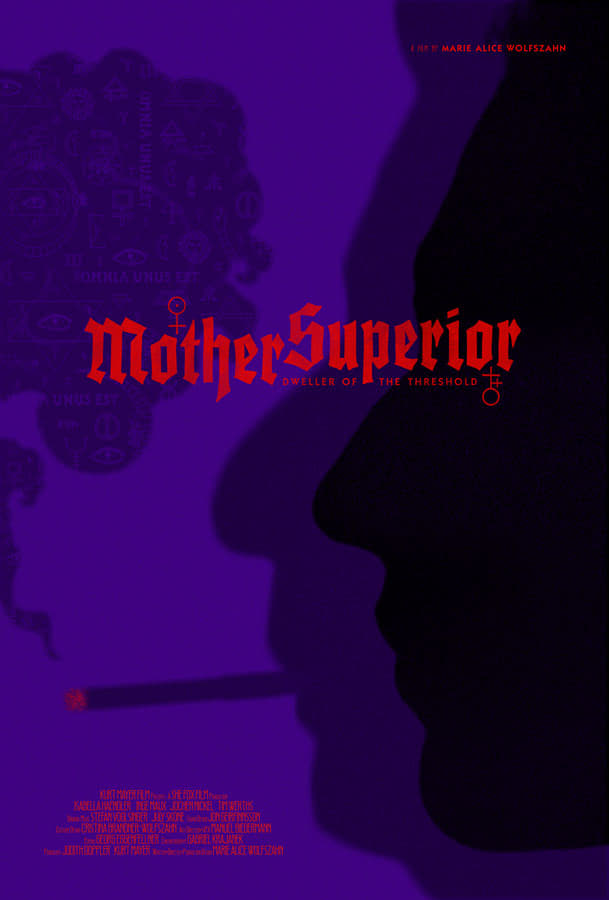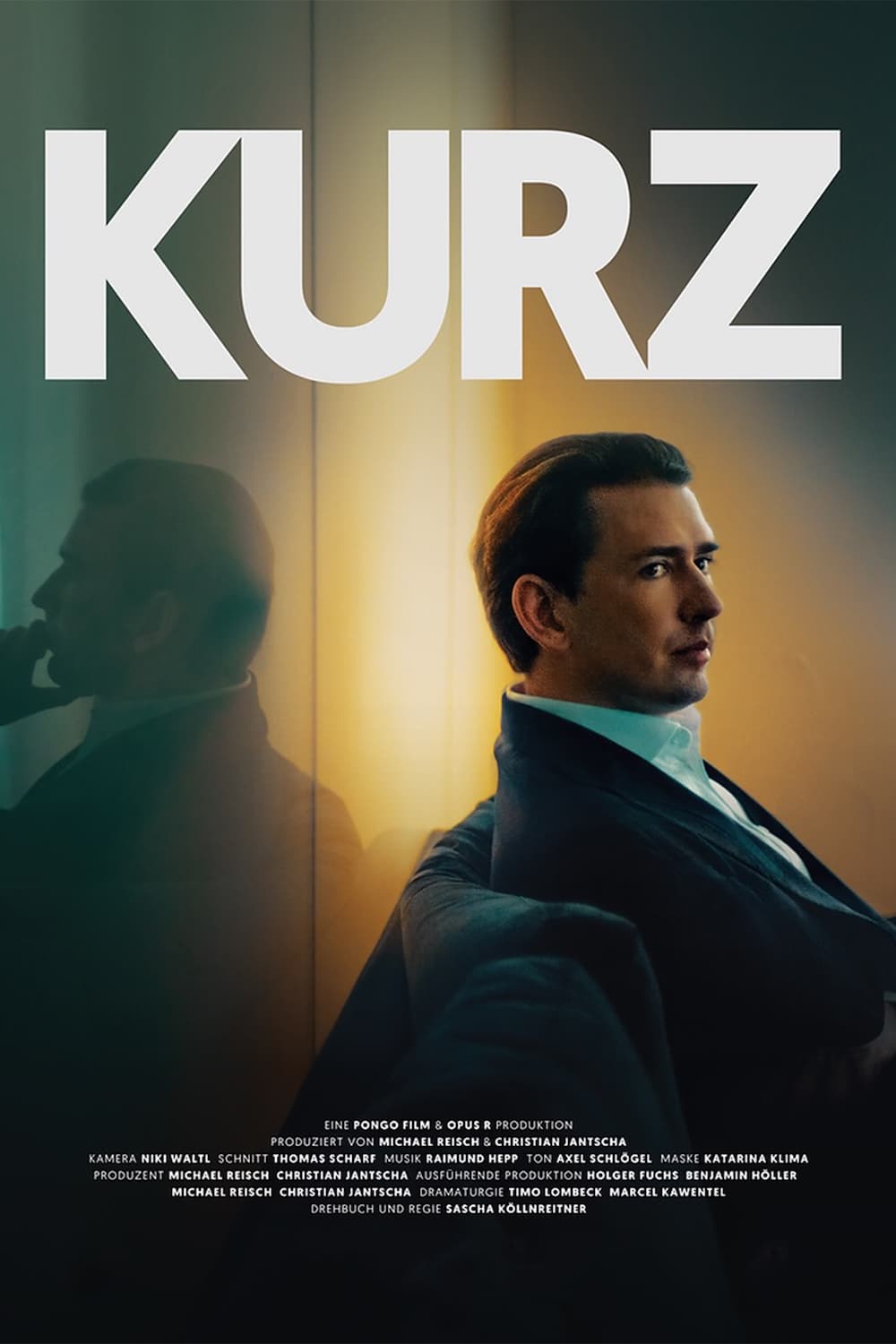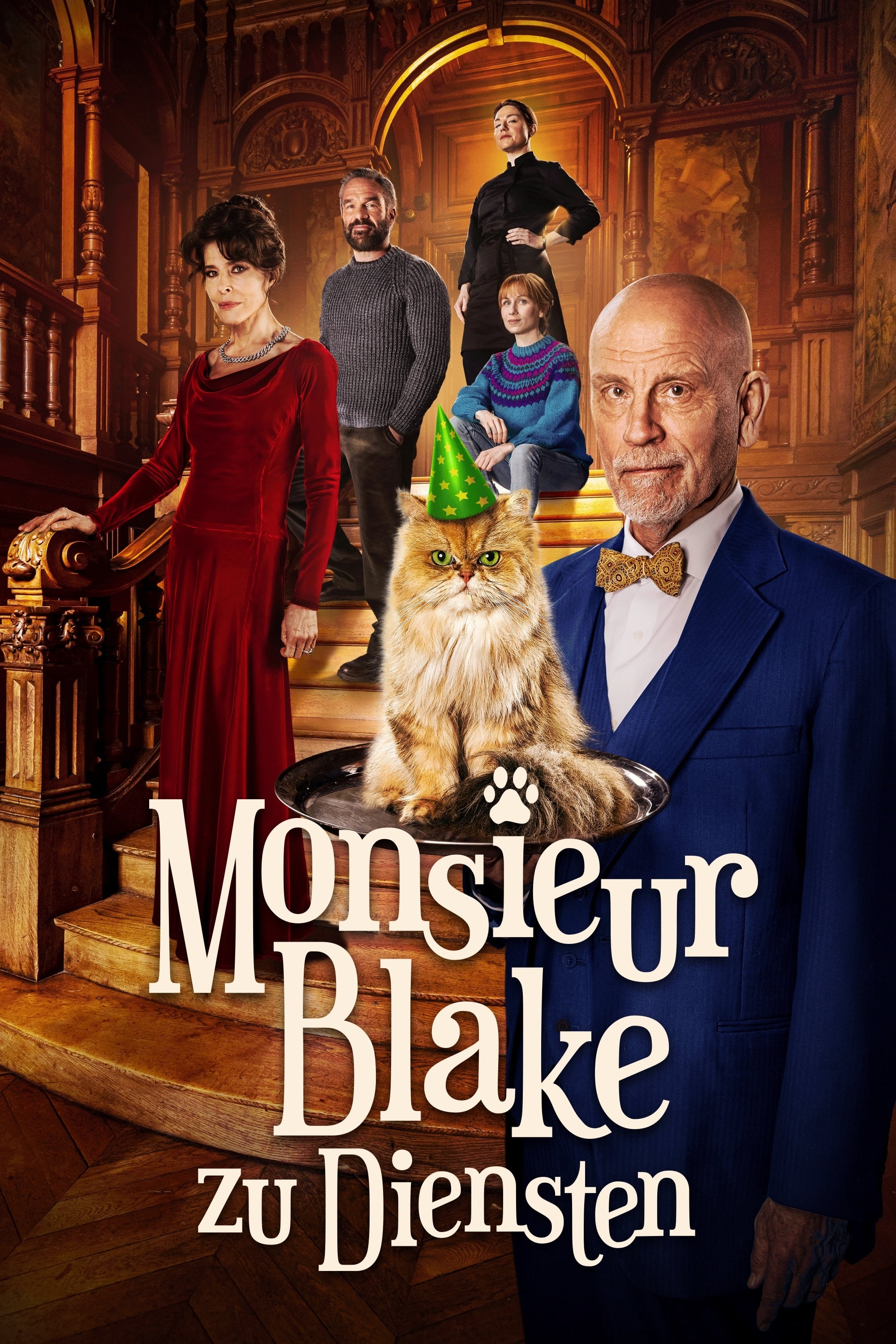![Josu De Solaun - Haydn: Piano Sonatas (2022) [FLAC 24bit/192kHz] Download](https://imghd.xyz/images/2022/08/05/feowz7clo8pib_600.jpg)
Josu De Solaun – Haydn: Piano Sonatas (2022)
FLAC (tracks) 24 bit/192 kHz | Time – 01:57:03 minutes | 1,62 GB | Genre: Classical
Studio Masters, Official Digital Download | Digital Booklet, Front Cover | © IBS Classical
After this preamble or subtle captatio benevolentiae, I will tell you that in 1992, at the age of ten, I gave my first public recital in the beautiful monastery of Santa Maria del Puig, founded no less than in 1240 near Valencia and where my parents had married in 1980. I could not have imagined that only seven years later I would go to live and study in New York and that Haydn would accompany me on that difficult journey as a fragile but permanent connection to my childhood… And in that 1992 recital, the main score of the evening was a Haydn Sonata, one of the ones I include on this CD: the Sonata in D Major Hob. XVI/14, which is so full of tenderness and of a serene bucolic-pastoral luminosity. It is an inner idyll of simple but sublime grandeur. And so began the red thread that represents Haydn in my life, a kind of locus amoenus (a pleasant place) where I have so often found, and continue to find, solace, consolation and shelter. In my childhood, everyone loved Mozart and Beethoven. Haydn was the ugly duckling. I always felt I was an ugly duckling and maybe that is also why I loved him so much from the beginning…Haydn soon became one of my favourite composers of scores – I don’t say of music, since text and music are not one and the same thing. The first CD I held in my hands, at the age of eight, was a gift from the Spanish philosopher Guillermo Quintás [translator into Spanish of much Descartes] and his wife Margarita, great friends of my family: nothing less than a disc of Haydn Sonatas recorded by Alfred Brendel in London in 1979, but which Philips Classics remastered and re-released, this time in C format, in 1990. It included two sonatas, Hob. XVI/49 and Hob. XVI/20, which I also include on this CD. I still remember the veiled magic of the first notes of that sonata in C minor: a tragic confession, so full of emotionality and eloquence; so different, apparently, from the Haydn I would later play in that first recital two years later, but at the same time clearly belonging to the same open temperament that I soon realised harboured an almost infinite range of emotional registers.
I had started piano lessons at the age of 7, roughly in 1989, and Haydn was always there, from the beginning, like an oracular and protective presence. My first sonata, my first compact disc, my first musical memories… Then I remember, much later, studying the Sonata in C Major Hob. XVI/50, which I also include here, with my teacher Horacio Gutiérrez. It is a score of witty and virtuosic comedy: adventurous, perspicacious, and transgressive. My teacher managed, I now remember, to bring out of the piano in that score such light sounds, like the breeze on bridges.
Of the Sonata in C minor Hob. XVI/20, I remember a precious anecdote. When I played it for the great American pianist Albert Lotto, he told me that this score was one of the favourites of his teacher, the great Polish pianist Artur Balsam (1906-1994), who could not stop himself from being deeply moved by and singing endlessly the melodic interval of the minor third – F, A flat – which Haydn wrote at the beginning of the piece and which Brahms later took up in some of his songs and in his second piano concerto, as a clear homage to the Viennese master and in search of that same specific affection of nostalgia and supplication. Every time Balsam reached the A flat, Lotto told me, he would get teary-eyed and say: “Oh, Haydn, you understand…”.
And it is true that Haydn understands us. And he understands us because his scores are pure mixture. Pure mixis, as we all are. I say pure in an ironic tone, since there is nothing pure about such an amalgam of “pieces of life”. In ancient Greece, mixis was defined as one of the parts by which the composer learned to combine sounds and to distribute genres and modes. Aristides Quintilianus, in fact, would distinguish three steps in composing: Lepsis, which referred to the choice of the range of notes; Mixis, already mentioned; and finally the Chresis, which referred to the ornamentation of the melody.
Haydn gives priority, first and foremost, to what Bakhtin would call heteroglossia. That is to say, to the mixture and coexistence of different varieties within a single “linguistic code” – in our case, a single “musical code”. The co-existence and conflict between different types of musical discourses and registers, apparently incommensurable but touching elbows at the same time. For instance, the “rustic” (rude, vulgar, coarse, rough) and the “urban” (sharp, funny, witty, light); the “simple” and the “sophisticated”; the “sublime” or “lofty” versus the “ridiculous”; the “laughter” and the “lament”; the “playful” and the “serious”; the “rapturous” versus the “serene”; the “clear” versus the “dark” (chiaroscuro); the “transgressive” and the “obedient”; the “rule” and the “exception”; “the beginning” that seems like “an end” and vice versa; the “continuous” and the “discontinuous” or interrupted – in this last case, after all, Haydn, like Schumann later, is the great master of digression, of interruption, of parabasis. His scores are a heteroglossia that is full of elisions, prolongations, enjambments, metrical tricks, sudden silences, parodies of virtuosity, ellipses and tonal deceptions…
This ingenious and audacious juxtaposition between different discourses in the end always brings a contradiction and a resulting conflict with prevailing belief systems, an attack on absolute certainties. It is a kind of appeal to ontological prudence. It is a transgression: humour as dissidence, a dissidence that is both transgressive and cathartic. It is humour as freedom, as a critique of reason. In Spain, we fraternally know something of all this: from Gracián’s “El Criticón”, Feijoo’s “Teatro Crítico”, to our own “picaresque” tradition.
In his scores Haydn thus continually appeals to the homo ludens in all of us, always trying to elicit an accomplice’s smile. He himself is the great Magister Ludi (master of the game), the trickster par excellence. In mythology and the study of folklore and religion, a trickster, sometimes called a godly rogue, a divine fool, is a character in a story who shows a great degree of intellect and cunning or secret knowledge and uses it to play tricks, deceptions or pranks to flout rules and norms and defy conventional behaviour. He is a figure present in various mythologies, as well as in the ecclesiastical carnival of medieval Europe. In this sense, Haydn’s scores are exuberantly carnivalesque in the profound sense of the term.
Of the Sonata in A Flat Major Hob. XVI/46, I remember my lessons with Nina Svetlanova, a pupil of Neuhaus, and with Golda Tatz, in New York. Sing, Josu! They both asked me.
In the Sonata in F major, Hob. XVI/23, revealed to me by my beloved Vladimir Horowitz, lives the almost simultaneous expression of the playful and the serious, the lofty and the popular, the urban and the rustic coexist. It has accompanied me for two decades.
And the Sonata in E major, Hob. XVI/31, with that rustic and hilarious ending, opened my recitals on many a rainy afternoon.
Last March 2021, in the middle of the third pandemic wave and a week before the recital in León that gave rise to Pandemicity – my latest album – I recorded these six Haydn sonatas in the City of Granada Auditorium. Actually, to say it better: I used some historical relics, that is, scores written by Haydn, and I tried to perform a kind of anamorphosis, a transmutation, from graphos (the written) to phonos (the sonorous)….
Weeks later my mother and I were admitted to hospital for COVID. I never saw her again… Perhaps she is now with Haydn, and is smiling at us.
Tracklist:
01. Josu De Solaun – Haydn: Piano Sonata No. 16 in D Major, Hob. XVI:14: I. Allegro moderato (07:44)
02. Josu De Solaun – Haydn: Piano Sonata No. 16 in D Major, Hob. XVI:14: II. Minuet (04:13)
03. Josu De Solaun – Haydn: Piano Sonata No. 16 in D Major, Hob. XVI:14: III. Finale. Presto (03:52)
04. Josu De Solaun – Haydn: Piano Sonata No. 46 in E Major, Hob. XVI:31: I. Moderato (05:59)
05. Josu De Solaun – Haydn: Piano Sonata No. 46 in E Major, Hob. XVI:31: II. Allegretto (02:42)
06. Josu De Solaun – Haydn: Piano Sonata No. 46 in E Major, Hob. XVI:31: III. Finale. Presto (02:04)
07. Josu De Solaun – Haydn: Piano Sonata No. 38 in F Major, Hob. XVI:23: I. Allegro moderato (06:31)
08. Josu De Solaun – Haydn: Piano Sonata No. 38 in F Major, Hob. XVI:23: II. Adagio (07:12)
09. Josu De Solaun – Haydn: Piano Sonata No. 38 in F Major, Hob. XVI:23: III. Finale. Presto (03:36)
10. Josu De Solaun – Haydn: Piano Sonata No. 60 in C Major, Hob. XVI:50: I. Allegro (10:47)
11. Josu De Solaun – Haydn: Piano Sonata No. 60 in C Major, Hob. XVI:50: II. Adagio (05:15)
12. Josu De Solaun – Haydn: Piano Sonata No. 60 in C Major, Hob. XVI:50: III. Allegro molto (02:22)
13. Josu De Solaun – Haydn: Piano Sonata No. 31 in A-Flat Major, Hob. XVI:46: I. Allegro moderato (11:56)
14. Josu De Solaun – Haydn: Piano Sonata No. 31 in A-Flat Major, Hob. XVI:46: II. Adagio (13:10)
15. Josu De Solaun – Haydn: Piano Sonata No. 31 in A-Flat Major, Hob. XVI:46: III. Finale. Presto (03:45)
16. Josu De Solaun – Haydn: Piano Sonata No. 33 in C Minor, Hob. XVI:20: I. Moderato (10:38)
17. Josu De Solaun – Haydn: Piano Sonata No. 33 in C Minor, Hob. XVI:20: II. Andante con moto (09:05)
18. Josu De Solaun – Haydn: Piano Sonata No. 33 in C Minor, Hob. XVI:20: III. Finale. Allegro (06:04)
Download:










![Josu De Solaun - Digressions (2021) [FLAC 24bit/48kHz] Josu De Solaun - Digressions (2021) [FLAC 24bit/48kHz]](https://getimg.link/images/imgimgimg/uploads/2021/09/2VipEjP.jpg)
![Josu de Solaun - Nocturnes on the Margins (2023) [FLAC 24bit/48kHz] Josu de Solaun - Nocturnes on the Margins (2023) [FLAC 24bit/48kHz]](https://imghd.xyz/images/2023/07/06/wke8nte4rf42b_600.jpg)
![Franziska Pietsch & Josu de Solaun - Strauss & Shostakovich: Sonatas for Violin & Piano (2019) [FLAC 24bit/48kHz] Franziska Pietsch & Josu de Solaun - Strauss & Shostakovich: Sonatas for Violin & Piano (2019) [FLAC 24bit/48kHz]](https://getimg.link/images/imgimgimg/uploads/2019/12/L7gL85V.jpg)
![Josu de Solaun, Eun-Sun Hong, Molly Carr, Stefan Tarara - Enescu: Piano Quartet No. 1 in D Major, Op. 16 & Piano Trio in A Minor (2022) [FLAC 24bit/96kHz] Josu de Solaun, Eun-Sun Hong, Molly Carr, Stefan Tarara - Enescu: Piano Quartet No. 1 in D Major, Op. 16 & Piano Trio in A Minor (2022) [FLAC 24bit/96kHz]](https://imghd.xyz/images/2022/03/21/wnwdqg912z5yc_600.jpg)
![Josu de Solaun - Enescu: Complete Works for Solo Piano (2018) [FLAC 24bit/96kHz] Josu de Solaun - Enescu: Complete Works for Solo Piano (2018) [FLAC 24bit/96kHz]](https://getimg.link/images/imgimgimg/uploads/2019/04/9u4c0y6.jpg)